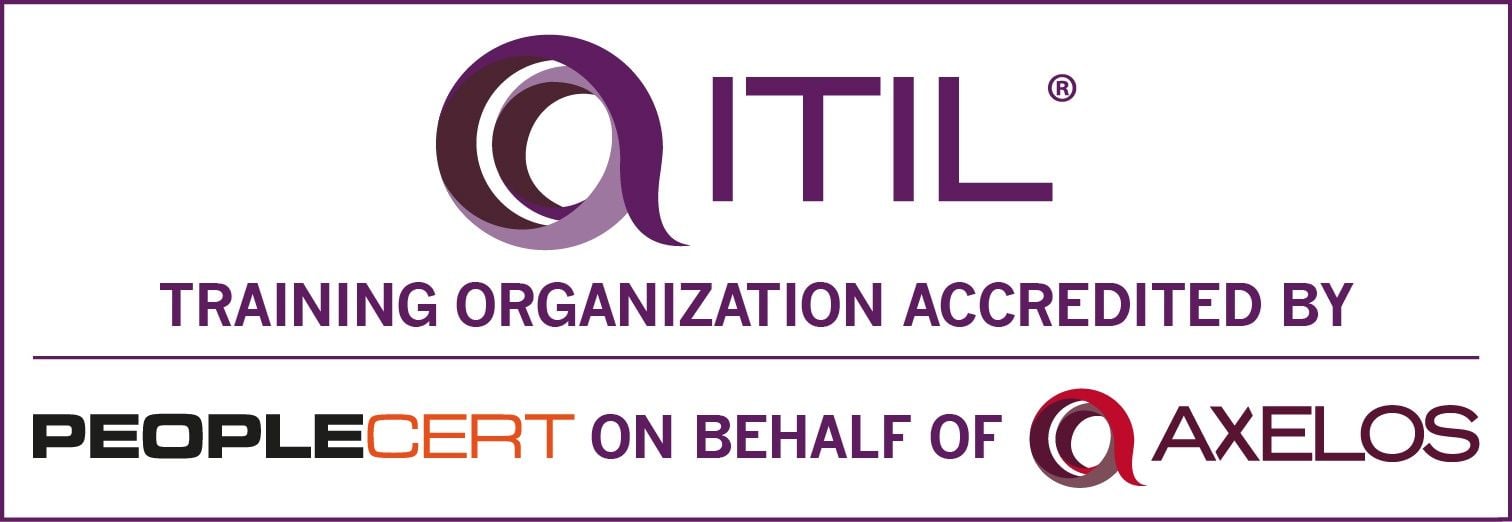What True Omnichannel Support Looks Like
All paths should lead to the same destination - the service that the customer wants when he wants it. Here’s a glimpse of what that looks like.
Omnichannel support is more than enabling customer contact through multiple channels (like phone, email, service portal/self-service, or chat). True omnichannel support creates an end-to-end support environment, when the contact follows the customer through their journey. When this isn’t possible, then the agent should have the history and context of earlier contacts front and center when a new contact is initiated, making it seem to the customer that their communications follow them through their journey. The graphic below shows the distinction between traditional multi-channel support and omni channel support:

With omnichannel support, all channels must be integrated to a degree; the higher the integration, the more unified the experience. Consider the difference in the user experience when a user visits a portal, attempts a self-service resolution, and/or works with a chatbot, and then ultimately logs a ticket. Omnichannel support offers an improvement if they follow up with a call to the service desk and the agent first sees their new ticket; support then can confirm if it’s a follow-up to that issue before continuing the call.
Now imagine if on submission of the ticket, an icon appears that lets one engage an agent via call without having to leave and dial the service desk. One could click the icon and be connected to the service desk then pick up where they left off. This support journey is omnichannel support at its best. When looking at a customer journey, truly modern omnichannel support could allow a contact to flow from any point in the journey below through resolution or request fulfillment:

When the customer enters the portal, they can engage with a chatbot, gaining access to self-service articles and scripts. If the chatbot can’t help, it can transfer to a live agent via chat. At any point, the customer can have a ticket logged on their behalf or even select an opportunity to speak with someone. If there’s a hardware problem, they can set up a walk-up center/concierge desk appointment and bring the computer there at the proper time, or arrange a swap via a locker.
With this same journey, the customer also could use a corporate chat application like Teams or Slack and reach the same chatbot, and the journey is virtually the same. If the customer calls first, while they wait on hold they can be directed to the portal and begin a parallel journey that comes together when they reach an agent. The important aspect is that every channel leads to the next and that the record of their communication moves with the customer each step of the journey.
Most critical is that the customer does not get forced into a predetermined journey at any point. in other words, if they call, don’t make them listen to a five-minute troubleshooting message with a website address before they get in queue. Put them in the queue and offer advice while they are waiting.

)
)
)
)
)
)
)
)
)
